Description
ALEXANDER THOM: Cracking the Stonehenge Code – Secrets of the Circle Builders.
By ROBIN HEATH
From the Back Cover:
Professor Alexander Thom was a foremost scientist and engineer of the last century. Once Chair of Engineering Science at Brasenose College, Oxford, following an already distinguished career in both the academic and industrial world, during the War he had been Principal Scientific Officer for the design of the High Speed Wind Tunnel at the Royal Aircraft Establishment, Farnborough, and had assisted Sir Barnes Wallace in the design of the famous ‘bouncing bomb’ of Dambuster’s fame.
From 1934, Thom became interested in the megalithic culture that had erected the stone circles, rows and other monuments in Neolithic and Bronze Age Britain. He began to accurately survey these sites, and in 1967 published Megalithic Sites in Britain (Oxford) where he claimed the builders had been skilled surveyors and astronomers, and had used an identical and accurate unit of length to mark out their constructions throughout Britain, a length he called the Megalithic yard (2.72 feet or 0.829m). Thom also discovered that they were using a geometry based on right-angled ‘Pythagorean’ triangles, triangles whose sides were whole numbers of this same megalithic yard, or subdivisions or multiples of it. He also proposed that they were observing both the sun and moon using precision alignments to identified sites or natural features on a distant horizon. He even showed that they could have predicted eclipses. The book was described by archaeologist Professor Richard Atkinson as ‘a well-constructed time-bomb dropped through the letterbox of archaeology’, and it caused a huge rumpus within the profession.
In effect Thom had demonstrated that there was a huge missing component in our understanding of the Megalithic culture, one that archaeologists had totally missed, and that our model of prehistory was flawed and hopelessly inadequate. In 1970, The BBC made a full-length documentary about Thom under its flagship Chronicle series. Magnus Magnusson amiably presented Thom’s discoveries for the first time to a non-specialist audience. Once out in the open, the archaeologists increasingly closed ranks while the informed public were enthralled. Despite the top statistician of the day validating the Megalithic yard at the Royal Society and British Academy, and despite several leading archaeologists supporting Thom, he was increasingly marginalised, airbrushed from the subject and forgotten. Apart from the Chronicle documentary, Thom’s story has never properly been told until now—Alexander Thom: Cracking the Stone Age Code takes this fascinating subject beyond Thom’s lifetime, the author showing how and why the archaeology profession missed a huge opportunity to embrace a remarkable aspect of our prehistoric past, one which carries huge implications for our modern culture.
About Robin Heath:
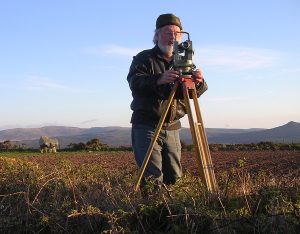 Previously Head of Department of Coleg Ceredigion, Robin Heath has a science degree and was previously a research and development engineer in the electronics industry, prior to a 15 year career as Senior Lecturer in Mathematics and Engineering. Now an internationally published author on the subject of ancient science, he is well known and widely respected on the UK lecture circuit and has recently been awarded an Honorary Research Fellowship within the Department of Archaeology and Anthropology at the University of Wales, Lampeter. An active researcher, the author also undertakes weekend site instruction in archaeoastronomy for Sky & Landscape, and has been consultant for several television documentaries and to Ouroboros Educational Trust. Other details are available at www.robinheath.info
Previously Head of Department of Coleg Ceredigion, Robin Heath has a science degree and was previously a research and development engineer in the electronics industry, prior to a 15 year career as Senior Lecturer in Mathematics and Engineering. Now an internationally published author on the subject of ancient science, he is well known and widely respected on the UK lecture circuit and has recently been awarded an Honorary Research Fellowship within the Department of Archaeology and Anthropology at the University of Wales, Lampeter. An active researcher, the author also undertakes weekend site instruction in archaeoastronomy for Sky & Landscape, and has been consultant for several television documentaries and to Ouroboros Educational Trust. Other details are available at www.robinheath.info


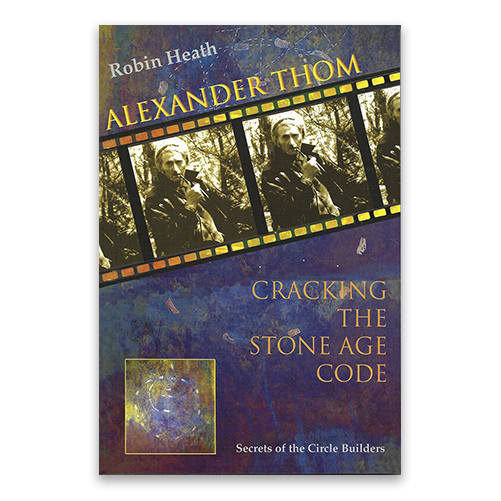
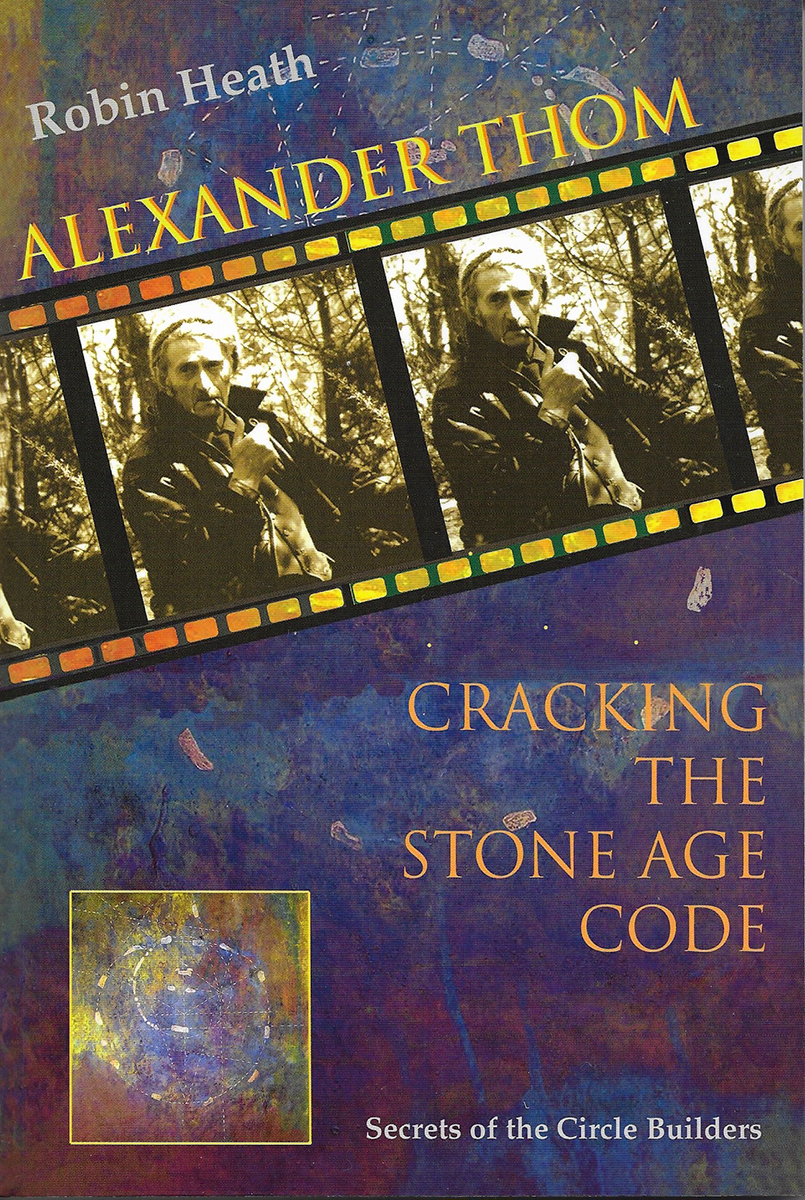
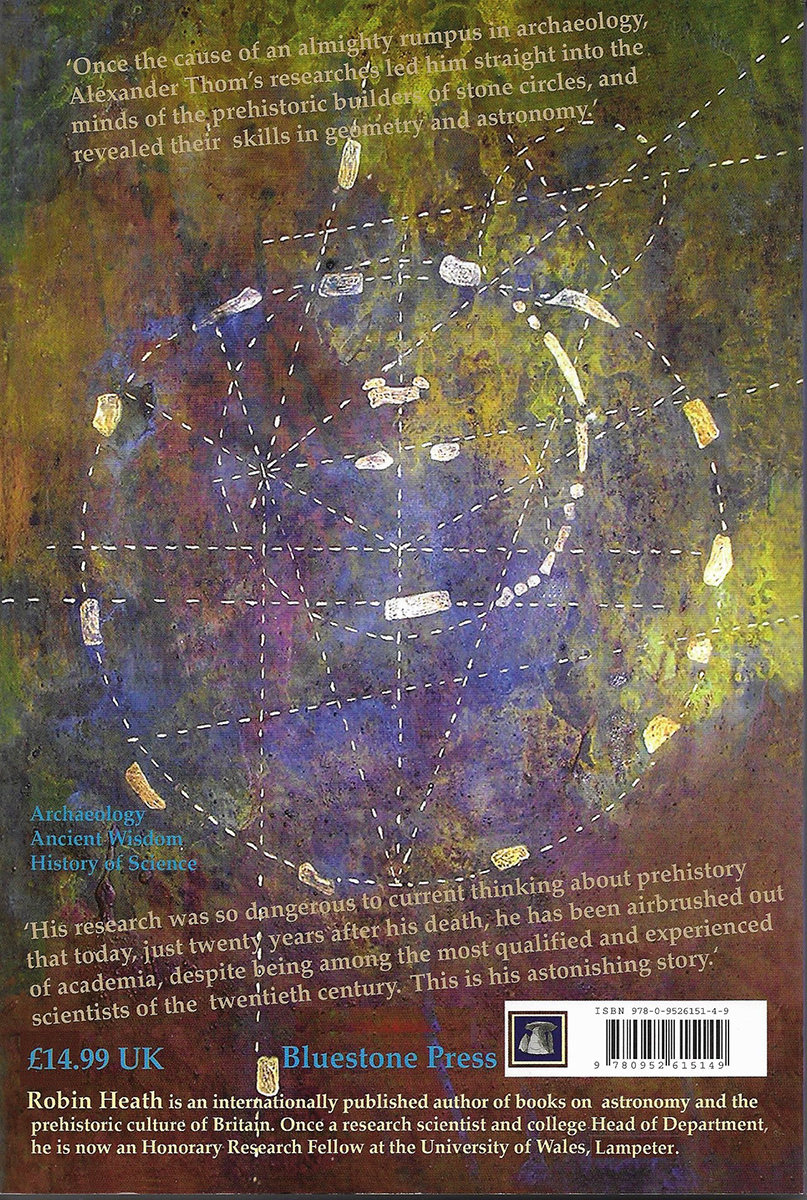
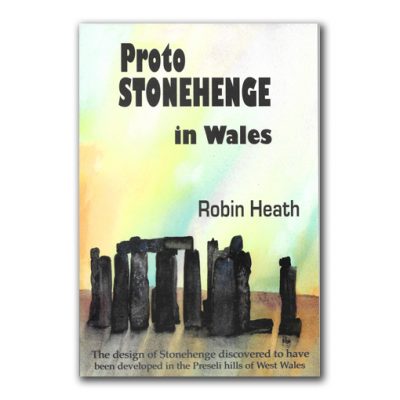
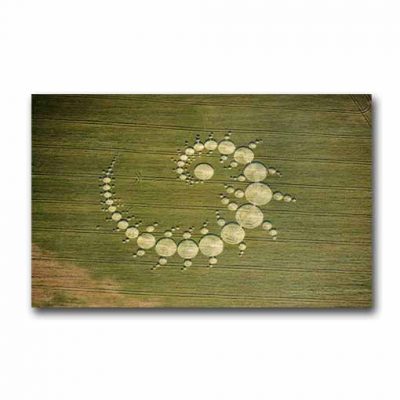

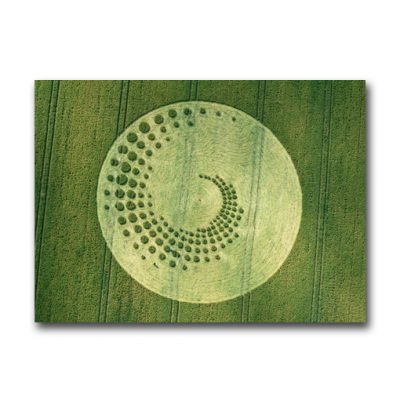
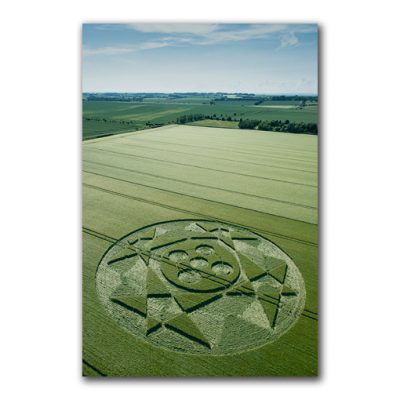
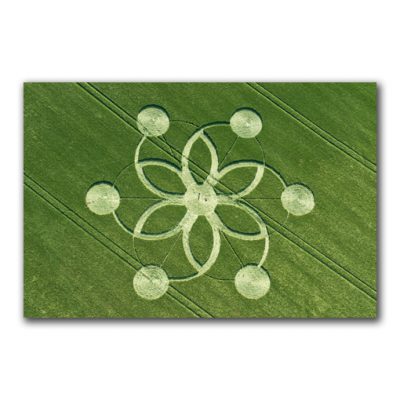
Reviews
There are no reviews yet.